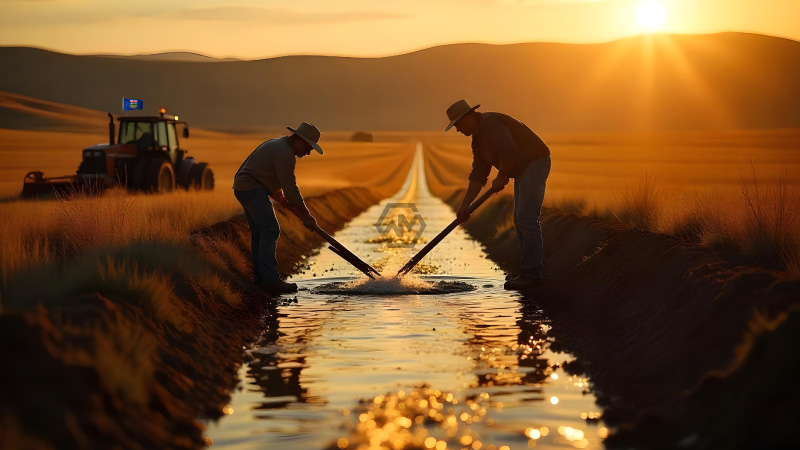- Alberta focuses on diversifying export markets amid U.S. tariff threats.
- Investments in irrigation modernization aim to enhance water efficiency.
- Long-term strategies address growing water demands and global food needs.
Alberta’s agriculture sector faces significant challenges with potential U.S. tariffs and the ongoing need for reliable water management. Minister RJ Sigurdson outlined proactive measures to address these concerns, including expanding international trade partnerships and improving inter-provincial trade efficiency.
Initiatives like the Lloydminster pilot and explorations in Asia and Mexico aim to reduce dependence on the U.S. and ensure stability in Alberta’s agriculture exports.
Future-Proofing Alberta’s Agriculture and Water Resources
Water management remains critical, especially following near-drought conditions. Investments in irrigation modernization, such as transitioning from open canals to piped systems, have increased water efficiency and storage. These measures, coupled with feasibility studies for additional storage sites, highlight Alberta‘s commitment to balancing agricultural and urban water demands for future sustainability.
Water infrastructure investment is equally prioritized, with $5 million allocated for feasibility studies and nearly $1 billion already committed to irrigation modernization. These projects not only aim to mitigate drought impacts but also ensure Alberta can meet future population and agricultural demands.
The province is leveraging technology to improve irrigation efficiency, allowing districts to operate within current water allocations while increasing output. Plans for new reservoir projects, such as in Eyremore, highlight a forward-thinking approach to storing and managing Alberta’s water resources.
Global food demand is projected to increase by up to 60% by mid-century, making Alberta’s focus on agricultural resilience and sustainability a timely and critical priority. By enhancing trade networks and investing in water infrastructure, Alberta is positioning itself as a global leader in agriculture.
Alberta’s proactive approach to trade diversification and water resource management is setting the stage for a more resilient and globally competitive agriculture sector.
“The globe is going to be looking to Canada as one of only five countries that are net exporters to satisfy that demand.” – RJ Sigurdson



